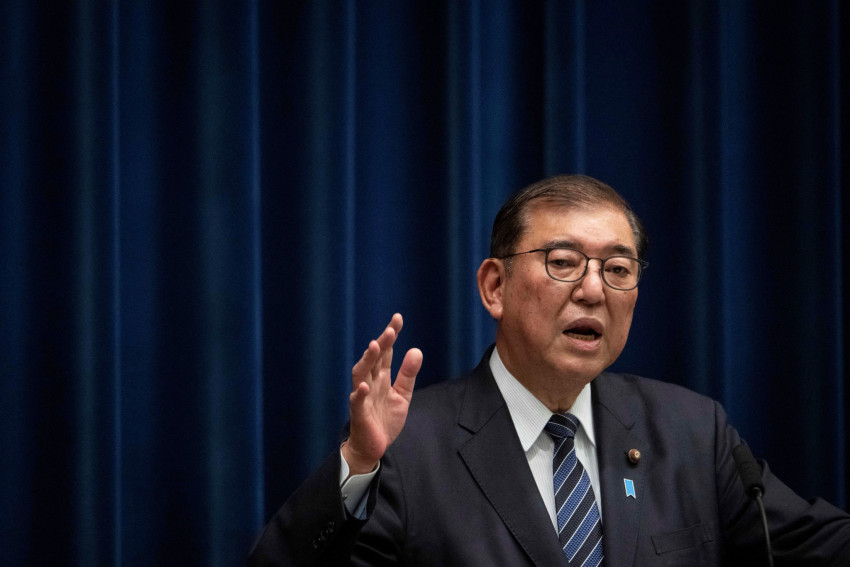Japan inflation slows for 2nd month in Oct on energy subsidies

Japan's core consumer prices in October climbed 2.3 percent from a year earlier, increasing at a slower pace for the second straight month as government subsidies curbed a rise in energy bills, government data showed Friday.
The increase in the nationwide core consumer price index, excluding volatile fresh food, followed a 2.4 percent rise in September and 2.8 percent increase in August. The inflation rate has remained at or above the Bank of Japan's 2 percent target since April 2022.
The core-core CPI, which strips away both energy and fresh food and shows underlying price trends, was up 2.3 percent, accelerating from a 2.1 percent gain in the previous month, data from the Ministry of Internal Affairs and Communications showed.
"Excluding the effects of the government subsidies, the data likely suggest underlying inflation is persistent," said Koichi Fujishiro, senior economist at the Dai-ichi Life Research Institute, adding that the latest data will encourage the Bank of Japan to raise interest rates when the time is right.
BOJ Governor Kazuo Ueda has said the central bank will hike its policy rate from the current around 0.25 percent if prices and the economy grow in line with its expectations.
Energy prices gained 2.3 percent, down from a 6.0 percent expansion in September, according to the ministry data.
Among other major items, prices for food climbed 3.8 percent, accelerating from a 3.1 percent rise in the previous month following a historic increase in rice prices.
The price of rice surged 58.9 percent, the biggest increase since comparable data became available in 1971, after last year's unusually hot summer reduced the previous season's harvest and farmers passed on increased costs to consumers for new rice.
The overall rise in consumer prices also came as many companies raised their prices in October, the start of the second half of the fiscal year in Japan.
Chocolate prices rose 19.3 percent, while prices of earthquake and fire insurances saw a 7.0 percent increase.
Service prices, one of the indicators the BOJ is closely monitoring in deciding its monetary policy as it often reflects a rise in wages, rose 1.5 percent, up from 1.3 percent growth in September.













